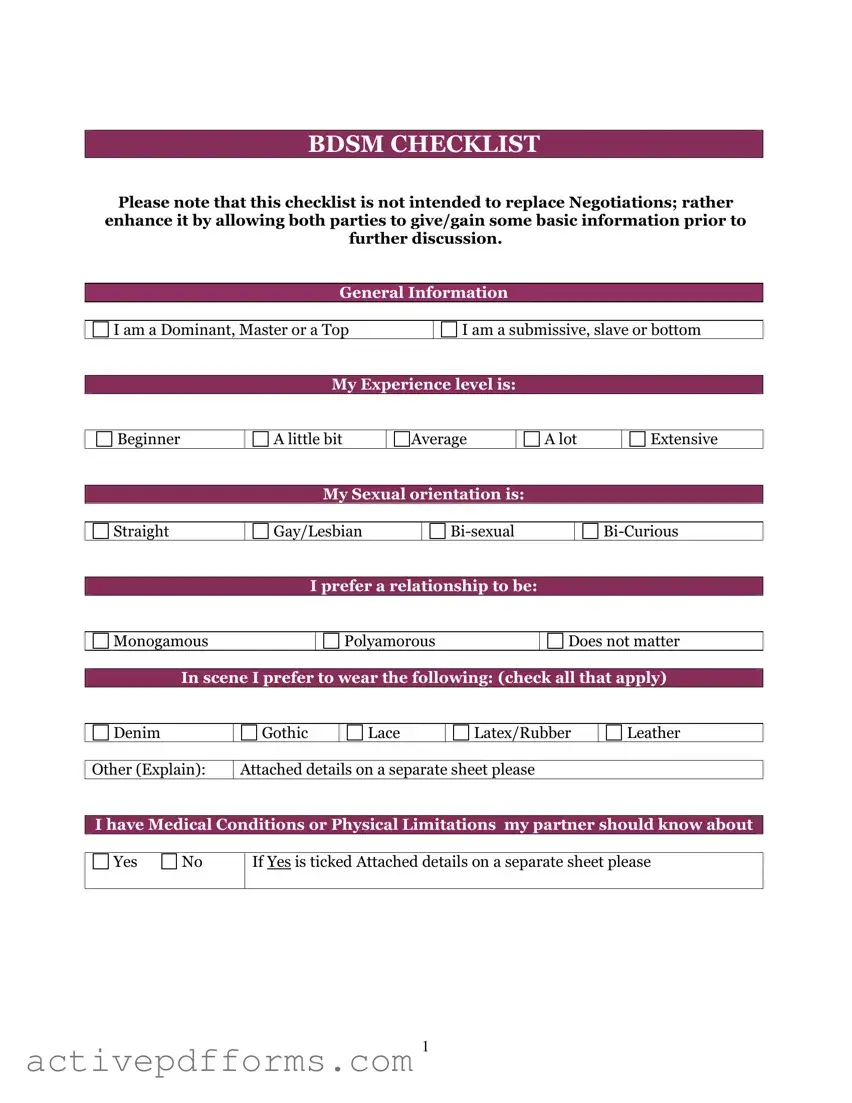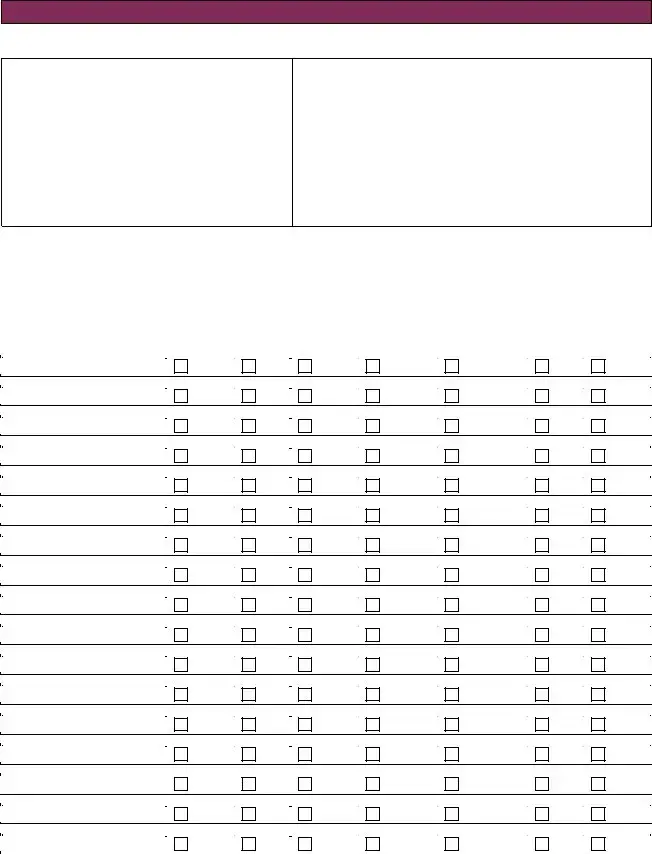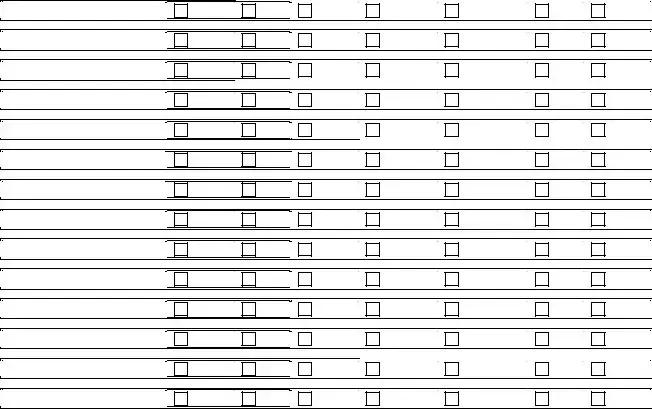Navigating the complex dynamics of BDSM requires clear communication, mutual respect, and an understanding of personal limits and desires. At the heart of facilitating these crucial aspects is the BDSM Checklist form, a comprehensive tool designed to help individuals and partners navigate their preferences, boundaries, and experiences within the BDSM community. This form, often detailed and extensive, serves as a guided exploration through the myriad practices associated with BDSM, from the most common to the more niche activities, ensuring that all parties are on the same page. It not only enhances safety and consent by clearly outlining what each person is comfortable with but also aids in discovering new interests that might be explored together. Additionally, the checklist can be a pivotal resource in building trust and open communication between partners, laying a foundation for a healthy and enjoyable exploration of BDSM. With its paramount focus on consent and safety, the BDSM Checklist form epitomizes the ethos of the BDSM community, encouraging a respectful and empathetic approach to sexual exploration.






